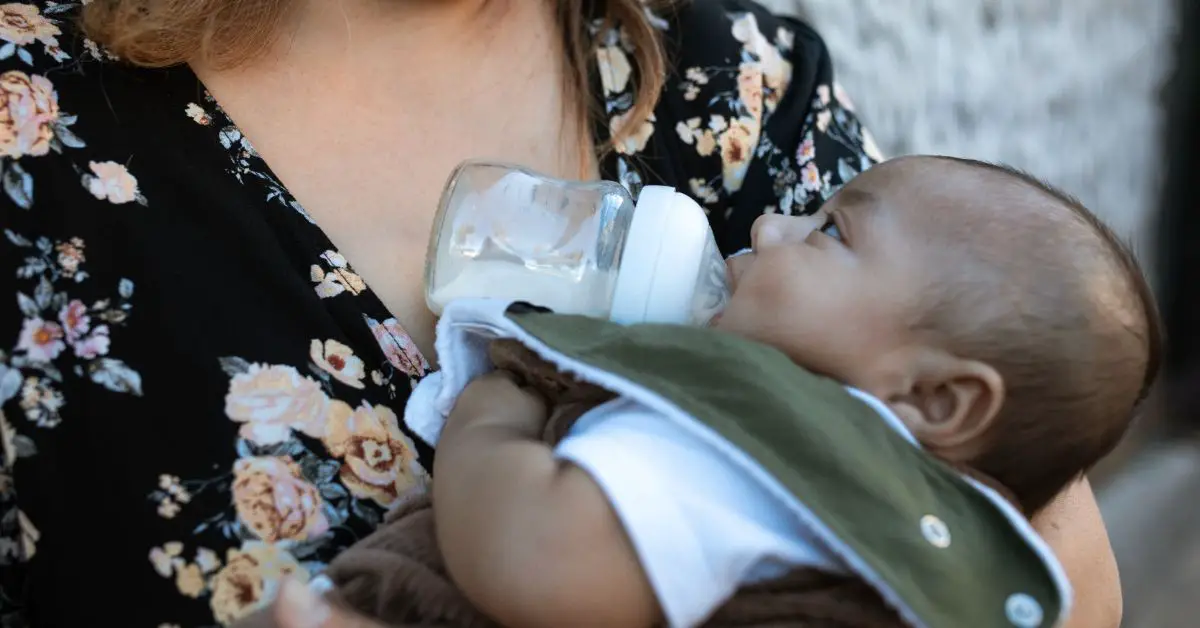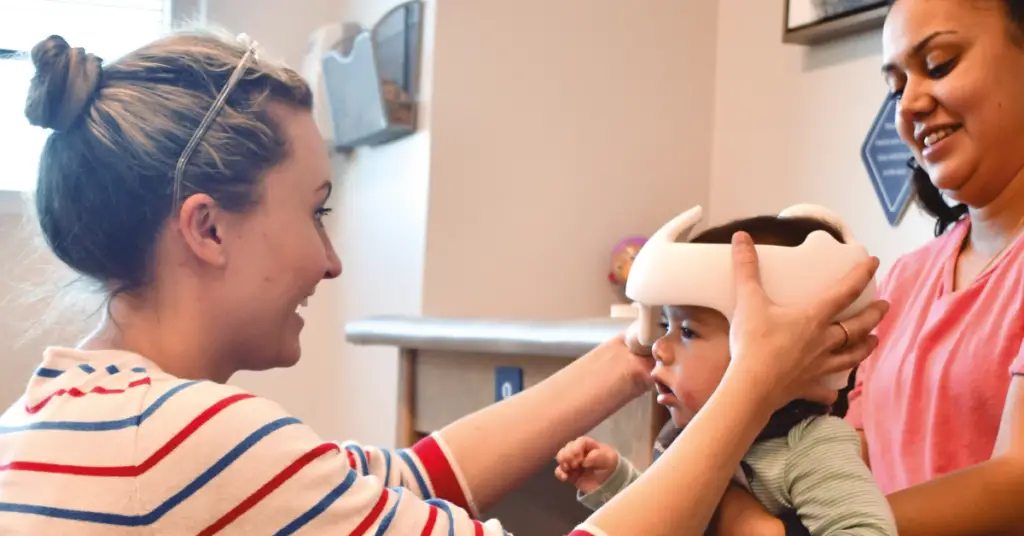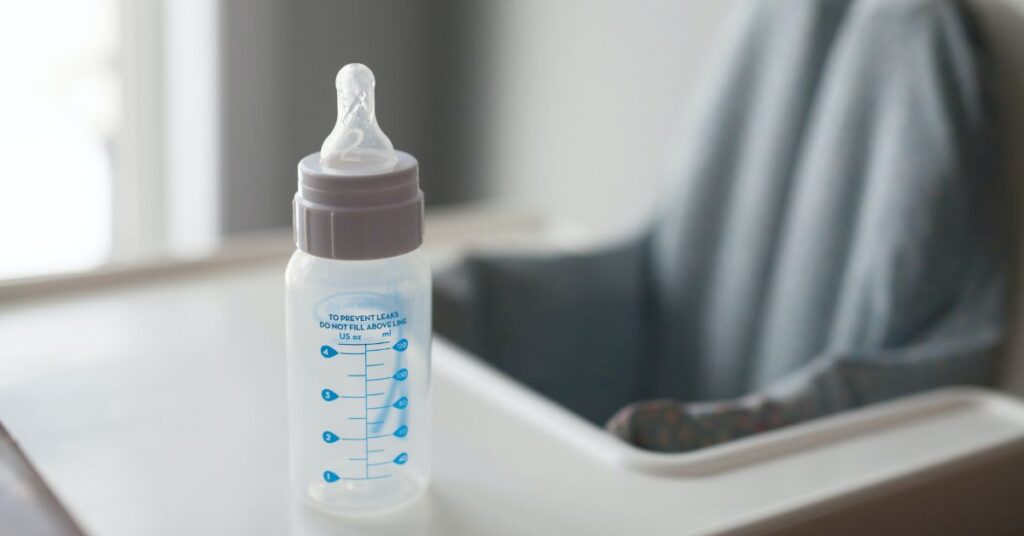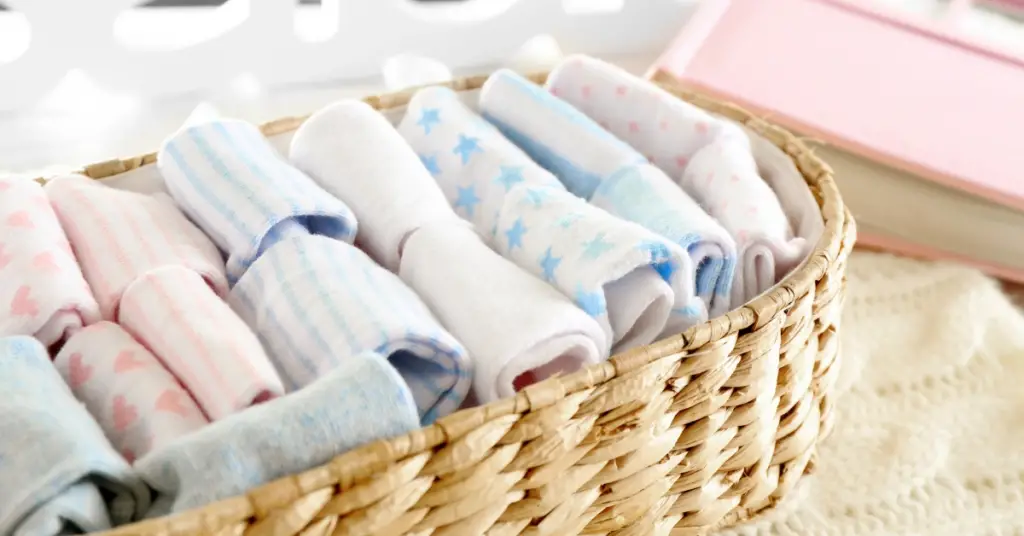Learn whether warm formula is easier to digest for babies, and whether warming your baby’s bottle is worth the extra effort.
The products mentioned on this page were independently selected by Babycious editors. As an Amazon Associate, Babycious may earn a commission from qualifying purchases.

Photo by RODNAE Productions
Ensuring that your baby gets the best nutrition possible, either through breastfeeding or formula feeding, is a top priority for every parent. When it comes to formula, one of the questions that come up is whether warm formula is easier to digest. This question is sometimes triggered by comments from family members, neighbors, and friends about how “warm formula is better for the baby”. But are there actual benefits to taking that extra time and effort to warm your baby’s bottle? and is warm formula easier to digest?
While there is no scientific evidence suggesting that the temperature of formula affects its digestibility, many babies find warm formula to be more comfortable and soothing than cold formula, and there may be less spit-up after a bottle of warm formula. A warm bottle may also be best for newborns than cold bottles as they can’t regulate their body temperature as well as older babies. Warming your baby’s bottle also makes the formula more akin to breastmilk which is particularly important for breastfed babies if you are supplementing with formula.
This is not to say that giving a cold bottle to your baby is wrong. According to the Centers for Disease Control and Prevention, formula does not need to be warmed before feeding, it can be served cold or at room temperature. The most important thing is to make sure that you are preparing formula according to the package directions and that you are following safe bottle-feeding guidelines. So if your baby is a bit older and is fine with taking unwarmed bottles, then by all means do that. In the long run, it can potentially save you so much time and effort!
5 Reasons to Warm Your Baby’s Bottle
I get it. A cold bottle straight from the fridge is very convenient. It can be stressful to have to wait for your bottle to warm when you have a screaming baby waiting or to scramble for warm or hot water when you’re out and about. But, whether it’s easier to digest or just for comfort, here are five reasons why you may want to consider taking the extra step of warming that bottle :
Reason #1: If Your Baby Likes It Warm
This is the single most common reason why parents warm their baby’s bottle: Many babies prefer warm bottles. So if your baby seems to be fussier when you give them a cold bottle, warming it up might make them more comfortable and content.
Babies can make it very clear if they don’t like something, and if they don’t like cold formula, it’s best to give them what they’re comfortable with.
Reason #2: Easier Mixing
If you are using powder formula, using (even slightly) warm water can help formula dissolve more easily. This will help prevent any lumps and make sure your baby is getting the nutrition they need.
If you are giving your baby your pumped breastmilk in baby bottles, the fat in milk may be separating when cold and can cling pretty tenaciously to the sides of the bottle. Warmer bottles may help keep the fat more evenly distributed throughout the bottle, making it easier for your baby to digest.
Reason #3: Simpler for Breastfed Babies
Formula is supposed to mimic breastmilk as closely as possible, which is why many parents prefer to warm their baby’s formula if they are supplementing with it, to make it more similar in temperature to breastmilk which can provide a sense of familiarity and comfort for the baby.
This is especially true for babies who are exclusively fed breastmilk and occasionally given a bottle of formula or pumped milk. A cold bottle may be more of a shock to their system and they may reject it even if they like warm formula.
Reason #4: For the Night Feeds
Just like us, babies may find it soothing and relaxing to drink something warm before they go to bed. If your baby is having any trouble winding down (or staying asleep), a warm bottle may be just the thing they need to help them relax and drift off.
Even if you are giving your baby cold or lukewarm bottles during the day, you may want to warm the last bottle before bed for them as a treat.
Reason #5: More Gentle on Newborns
Newborn babies have trouble regulating their body temperature and their little bodies may have an easier time dealing with a warm bottle. Giving newborns a warm bottle may save them the trouble of getting the milk raised to their body temperature, which can be an energy-draining task for little ones.
Tips for Safely Warming Formula
When it comes to warming formula, there are several options available. Here are some tips to keep in mind on the dos and don’ts of warming bottles:
Tip #1: Place the bottle Under Running Warm Water
The safest way to warm a bottle as recommended by the CDC is by placing it under running warm water from the tap or submerging it in a bowl of warm (not hot) water. Just make sure no water gets into the bottle or on the nipple.
This method will warm the formula evenly, but it may take a considerable amount of time to get a fridge cold bottle to a warmer temperature. Warming the bottle in warm water also doesn’t give you an indication of the exact temperature of the bottle after warming. You will need to put a couple of drops of formula on the back of your hand to check if it’s a comfortable temperature before feeding your baby.
Tip #2: Use a Bottle Warmer
A more convenient option for warming your baby bottles is by popping them in an electric bottle warmer. I have found that any bottle warmer will take some time to warm the bottle and no warming method will feel fast when you have a hungry baby, but I loved the convenience of using Philips Avent bottle warmer as it has a light-up timer that shows the progress so I could remove the bottle earlier if baby is too fussy and can’t wait.
If you are using a bottle warmer, read and follow the manufacturer’s directions. Make sure not to leave the bottle in the warmer for too long after it’s warmed. Mixed formula can go bad easily and the heat from the warmer can make it spoil quickly.
No matter which method you choose, always check the temperature of the bottle before feeding your baby by squeezing a few drops on the back of your wrist or forearm. The formula should feel warm, not hot to the touch.
Tip #3: Do Not Microwave Your Baby Bottles
This is not recommended even if you are in an extreme rush. Microwaves heat milk unevenly and can easily create hotspots in the formula, which can scald your baby’s mouth as they drink. So It’s always best to stick with the safer methods mentioned above.
Bottom Line
In conclusion, warm formula is not proven to be easier for babies to digest than cold formula. However, there are several other benefits of warm formula such as providing a sense of familiarity, comfort, and relaxation for babies. It is also safer for newborns as they have trouble regulating their body temperature.
When it comes to warming formula, stick to the safe options like putting the bottle under running warm tap water or using an electric bottle warmer, and make sure to check the temperature before feeding your baby. Whatever you choose, make sure to never microwave your bottles in order to avoid scalding and any potential safety risks.
The purpose of this article is informative and educational only. It’s not a substitute for medical consultation or medical care. We do not accept any responsibility for any liability, loss, or risk, personal or otherwise, incurred as a consequence, directly or indirectly, from any information or advice contained here. Babycious may earn compensation from affiliate links in this content.



